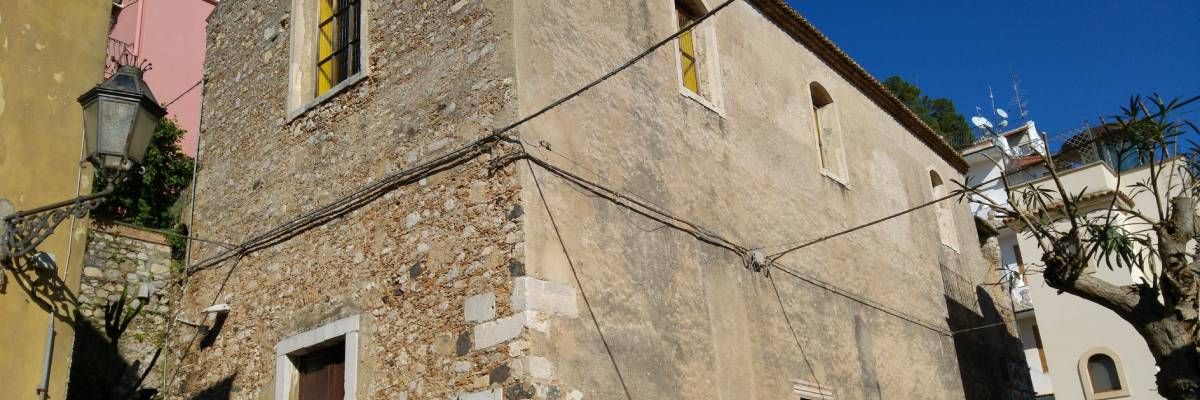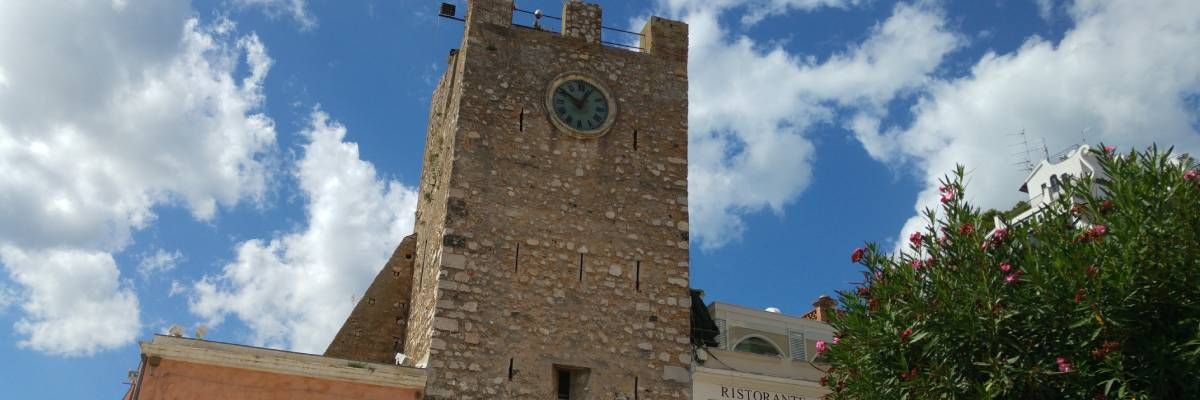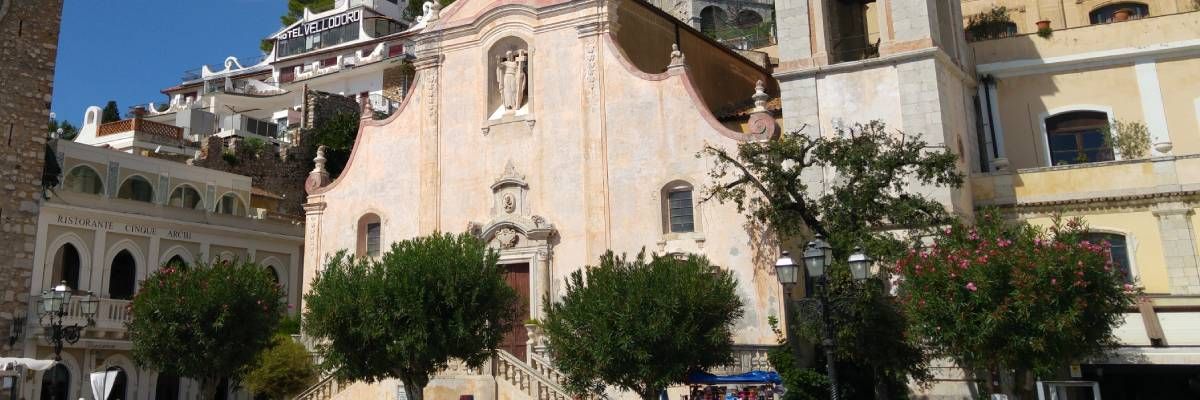Roman Odeon in Taormina

Much smaller than the Greek Theatre , the Roman Odeon, or "small theatre" was built by the Romans when Taormina became a military colony in the year 21 B.C. under Caesar Augustus Octavian, the first Roman emperor.
It was a stage for musical and literary presentations, which were performed only for the elite of the city. The Odeon was a covered theatre with a capacity of less than 200 people.
lt was found accidentally on June 5th 1892 and until that moment no one had even suspected it existed
The Odeon is directed towards northeast. It was built with clay bricks and is divided into three main parts: the scene, the orchestra and the cavea.
The scene of the Odeon consisted of the stylobate (base) and the peristyle (colonnade) of a Greek temple, some say dedicated to Aphrodite. Close to the scene there is a room reserved to the actors.
The cavea is divided into 5 different areas.
The Odeon is located behind St. Catherine’s Church, near the the Palazzo Corvaja.
Related articles
Church of Varò

Clock Tower

Church of St. Joseph (San Giuseppe)


 English
English  Italiano
Italiano